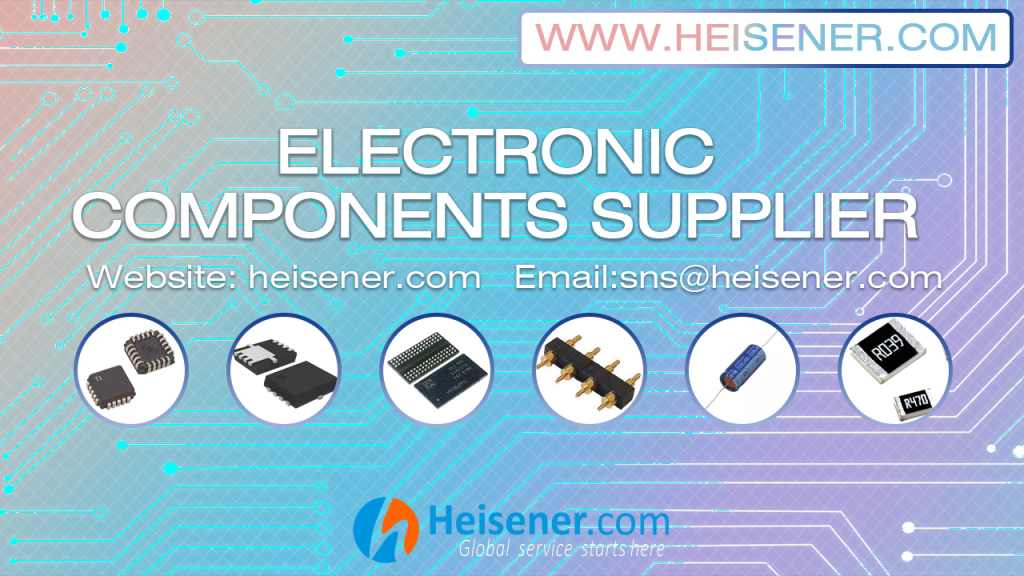How Will Electronic Components Drive the Future of Automotive
The automotive landscape is shifting as it moves towards a more electrified future. While the shift towards electric vehicles is the most visible change in the automotive landscape, there are other changes that are less visible, like the electric component industry that support it and make it all possible. An increasing reliance on electronic components is driving innovation across this industry. From the development of advanced driver assistance systems to the integration of IoT technologies, electronic components are becoming indispensable.
One of the most significant ways in which electronic components are changing the automotive industry is through the development of advanced driver assistance systems (ADAS). ADAS technologies use sensors and software to enhance vehicle safety, including features like adaptive cruise control, lane departure warning systems, and automatic emergency braking. These technologies are only made possible by the integration of electronic components that collect and process vast amounts of data in real time, allowing vehicles to react quickly to changing road conditions. As time goes on electronic components for these systems will only increase.
In addition to automotive reaction time and safety features, the modern car is becoming more integrated with its surroundings thanks to the help of reliable electric components. Examples of this are vehicle-to-vehicle (V2V) and vehicle-to-infrastructure (V2I) communication. By using cellular and Wi-Fi networks, vehicles can share information with one another, alert drivers to potential hazards, and optimize traffic flow. This technology can reduce accidents, improve fuel efficiency, and help to create a safer and more sustainable transportation system.
The development of electric vehicles is only possible through the power of electronic components. Unlike traditional internal combustion engines (ICEs), which rely on complex mechanical systems, EVs need electronic components to regulate power output, manage battery charging, and optimize efficiency. This shift towards all-electric has not only created new opportunities for electronic component manufacturers but has also spurred innovation in battery technology, which is critical for the long-term success of EVs.
One of the most exciting aspects of the integration of electronic components into the automotive industry is its ability to make Internet-of-Things (IoT) concept into reality. By using sensors and connectivity, vehicles can become part of a broader network of smart devices, capable of exchanging information with homes, businesses, and other vehicles. With the help of high-quality electric components, EVs could communicate with a smart grid to optimize charging times, reduce demand during peak periods and minimize strain on the electric grid.

IoT technology can be taken a step further in the automotive industry toward the development of autonomous vehicles. By using connected sensors, autonomous vehicles can process vast amounts of data in real time, allowing them to safely navigate roads without human intervention. The development of fully autonomous vehicles is still in its early stages, but the integration of electronic components is playing a critical role in advancing this technology.
As the role of electronic components in the automotive industry continues to grow, there are several challenges that manufacturers and engineers must overcome. One of the most significant challenges is the need to ensure that electronic components are reliable and durable enough to withstand the harsh conditions of the outdoors. Electronic components used in the automotive industry must be held to a higher standard than electronic components that are used widely on the market. Unlike everyday electronic components, automotive electronics must be able to function in extreme temperatures, humidity, and withstand continuous vibration.
Another challenge, while not necessarily an issue for the electronic component industry, is security. Electric vehicles must be made safe from the threat of cyber-attacks. With vehicles becoming increasingly connected, there is a growing risk of cyberattacks, which could potentially compromise vehicle safety and privacy. To address this challenge, manufacturers and engineers design electronic vehicles with that security in mind, using the latest encryption and authentication technologies coupled with high-quality electronic components.
Despite these challenges, the integration of electronic components into the automotive industry is driving innovation and transforming the way we think about transportation. From advanced driver assistance systems to autonomous vehicles, electronic parts play a critical role in creating a safer, more efficient, and more sustainable transportation system.
The automotive industry is undergoing a significant transformation as it moves towards a more electrified and connected future.
About the Author
This article was written by Heisener, an industry-leading electronic components supplier in semiconductor industry. They commit to delivering most-needed, obsolete, franchised, and hard-to-find parts to clients worldwide.
Media Contact
Name: Elsie Deng
Email: [email protected]
Stay connected on Facebook, LinkedIn and Twitter :’)
electronic components: https://www.heisener.com/Products/Integrated-Circuits-ICs
smart devices: https://www.heisener.com/Products
Heisener: https://www.heisener.com/
Facebook: https://www.facebook.com/Heisener.electronics/
LinkedIn: https://www.linkedin.com/company/heisener-electronics-limited/
Twitter: https://twitter.com/Heisener2014